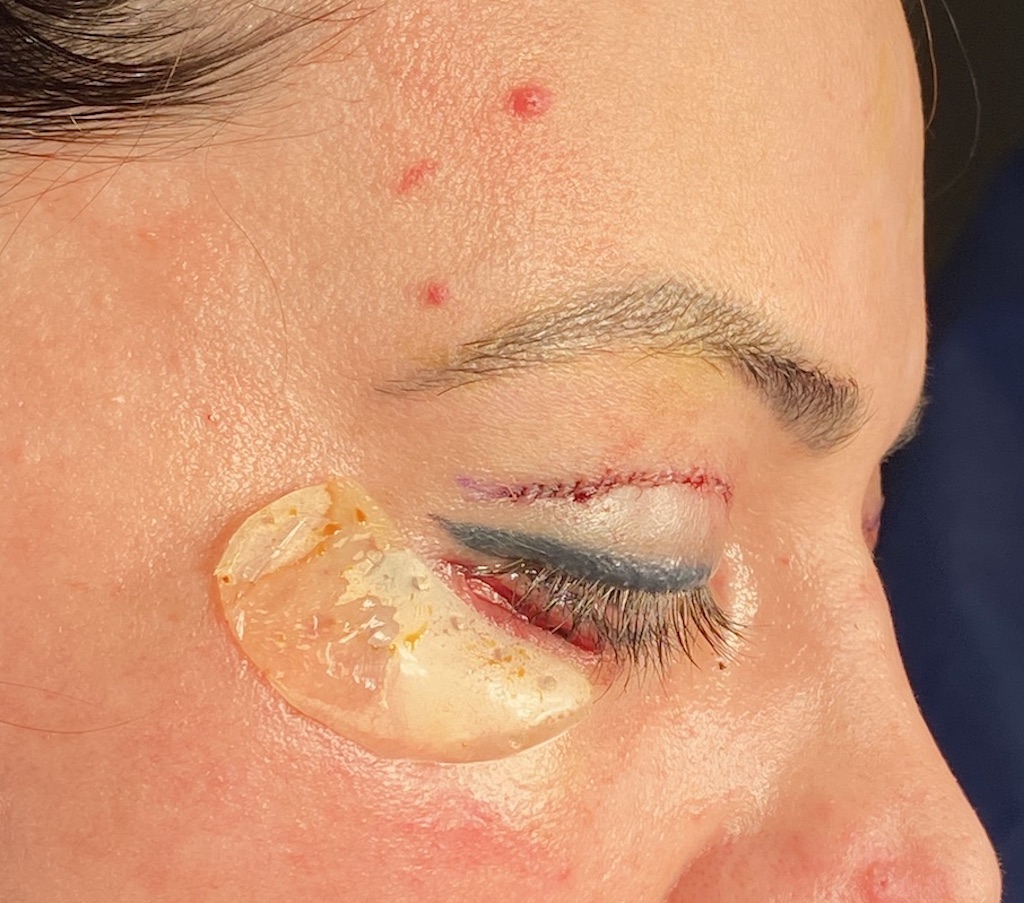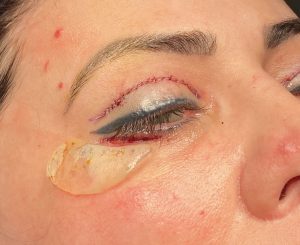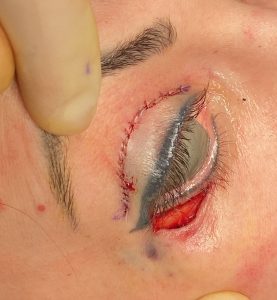Cheek augmentation, particularly when done with implants, is typically perceived and done as a ‘lower cheek augmentation’. The tail of the implant may be up on the cheekbone but most of the implant is over onto the cheek soft tissues and the concave maxilla. The placement of cheek implants in this location can create a bit of a cheeklifting effect in some patients but in others it will create a lower cheek fullness and even deepening of the nasolabial fold.
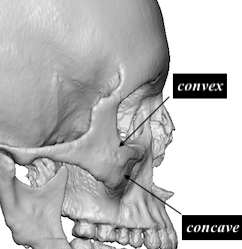
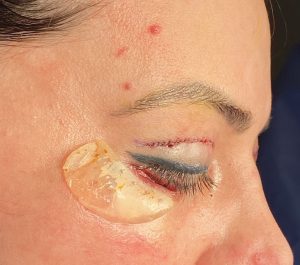
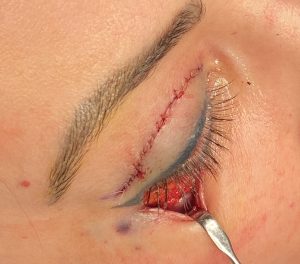
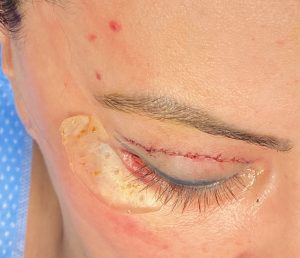
Dr. Barry Eppley
World-Renowned Plastic Surgeon

